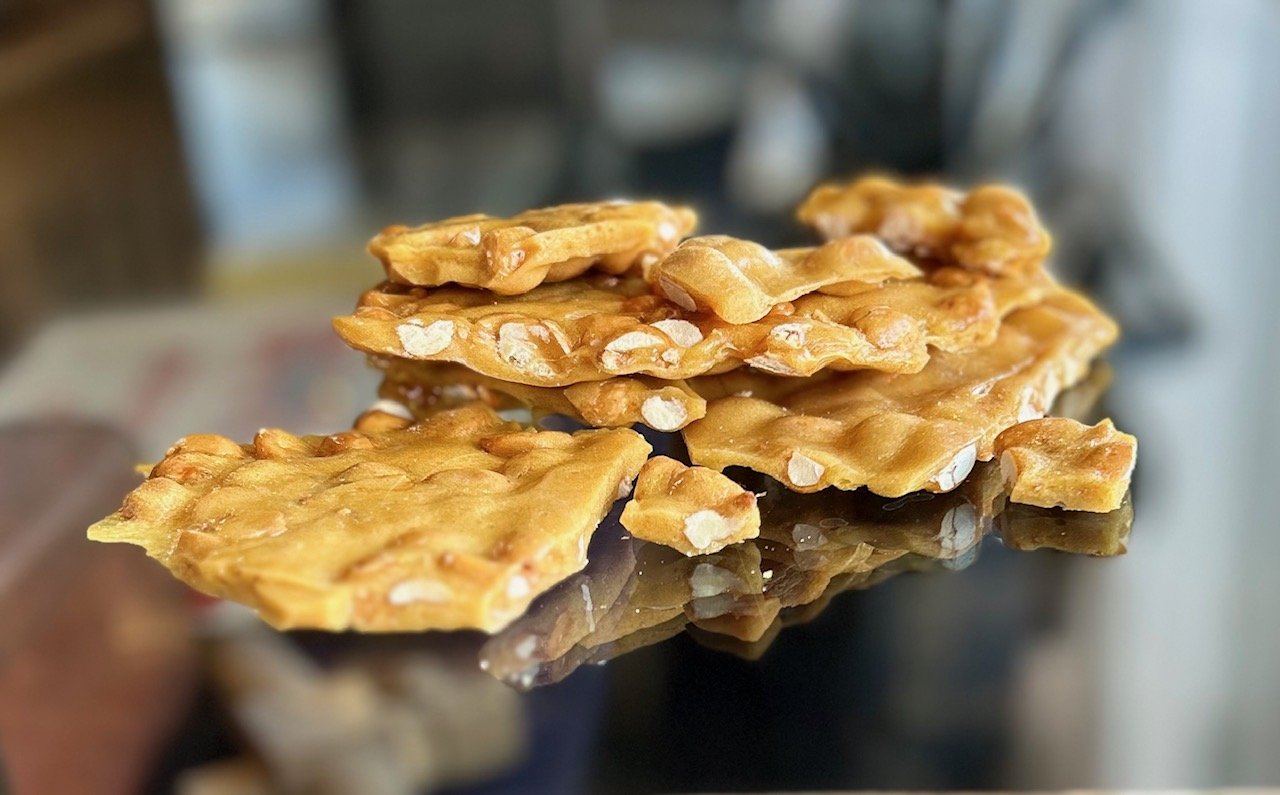
What Are the Latest Artisanal Chocolate Trends?
Explore the latest artisanal chocolate trends, from bean-to-bar craft and bold inclusions to single-origin sourcing, low sugar recipes, and eco-friendly packaging

How Do You Host a Luxury Chocolate Tasting Experience?
Host a luxury chocolate tasting with curated pairings, tasting notes, palate cleansers, and elegant presentation for a memorable, elevated experience

What Healthy Chocolate Snacks Can You Enjoy Guilt-Free?
Discover healthy chocolate snacks you can enjoy guilt-free, from dark chocolate bites to protein bars, fruit pairings, and better-for-you sweet treats.

How Can You Craft Chocolate Dessert Plating Ideas?
Learn how to craft stunning chocolate dessert plating ideas using texture, color, garnishes, sauces, and modern presentation techniques.

Which Vegan Chocolate Recipes Should You Try?
Explore delicious vegan chocolate recipes that are easy to make, dairy-free, and packed with rich flavor—perfect for guilt-free indulgence.

What Benefits Does Single-Origin Chocolate Offer?
Discover the rich taste and ethical impact of single-origin chocolate—learn how purity, flavor, and sustainability set it apart from blended varieties.
